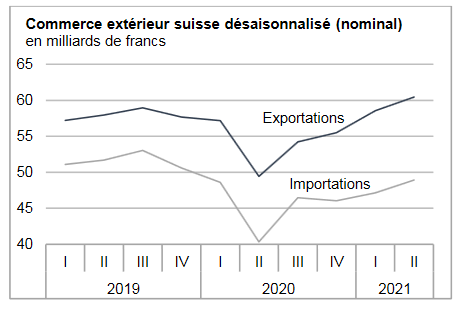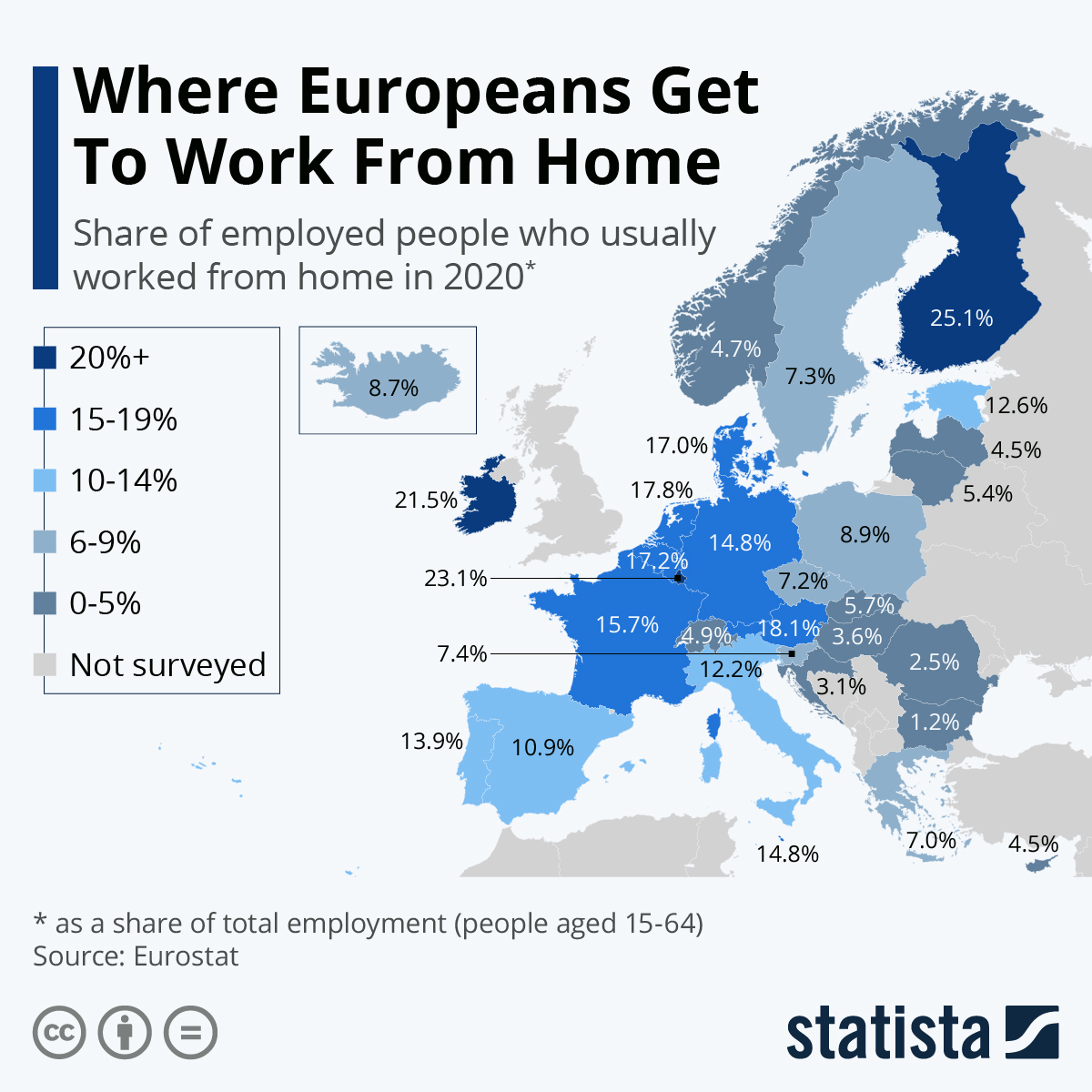The rosy US employment picture helped push equities to a new high as US inflation moderated in July. Those looking to fill roles now exceed those looking for work, compelling some small and mid-sized companies to raise wages. Higher prices seem to be keeping the US consumer in check, however, with consumer sentiment hitting its lowest level in a decade. We will be watching how this evolves given the US consumer’s key to the growth recovery story. The US earnings season concluded on a high note, with an impressive 88% year-on-year (y-o-y) earnings per share (EPS) growth for the S&P500 index. For the full year, EPS growth for the index is expected to be 45.8% in 2021, followed by 9.4% for 2022. However, depending on how President Biden’s tax plan pans out, the 2022
Topics:
Cesar Perez Ruiz considers the following as important: 2.) Pictet Macro Analysis, 2) Swiss and European Macro, Featured, Macroview, newsletter, Pictet
This could be interesting, too:
investrends.ch writes Pictet setzt bei neuem Hedgefonds auf KI
Nachrichten Ticker - www.finanzen.ch writes Die Performance der Kryptowährungen in KW 9: Das hat sich bei Bitcoin, Ether & Co. getan
Nachrichten Ticker - www.finanzen.ch writes Wer verbirgt sich hinter der Ethereum-Technologie?
Martin Hartmann writes Eine Analyse nach den Lehren von Milton Friedman
The rosy US employment picture helped push equities to a new high as US inflation moderated in July. Those looking to fill roles now exceed those looking for work, compelling some small and mid-sized companies to raise wages. Higher prices seem to be keeping the US consumer in check, however, with consumer sentiment hitting its lowest level in a decade. We will be watching how this evolves given the US consumer’s key to the growth recovery story. The US earnings season concluded on a high note, with an impressive 88% year-on-year (y-o-y) earnings per share (EPS) growth for the S&P500 index. For the full year, EPS growth for the index is expected to be 45.8% in 2021, followed by 9.4% for 2022. However, depending on how President Biden’s tax plan pans out, the 2022 figure could be revised lower. We prefer the outlook for developed-market equities as the reopening of these economies boosts corporate earnings.
In the world’s second largest economy, deleveraging continues with weaker-than-expected credit figures in China. The highly-leveraged developer, China Evergrande, received some fresh oxygen in the form of new bank loans and some breathing room for its embattled shares, which jumped on news that it would offload some assets. Chinese high-yield spreads tightened to some degree but the market remains wary of the potential for further problems in other companies and the risk of contagion. Meanwhile, China’s president Xi Jinping unveiled a new five-year plan to “strengthen and control” the economy, extending the central oversight of key sectors. We are neutral emerging markets.
The end of the international Bretton Woods monetary system marked its 50th anniversary. That makes the floating rates regime that followed 50 years old, and while it has been largely successful, the recent rise of crypto and other digital currencies could raise some questions about its future. Last week, hackers stole USD600 mn of digital tokens… before returning a portion of them and committing to return the rest. The entire bizarre incident reminds us how the related risks and consequences are as novel as the cryptocurrencies themselves. In the black and white fiat world, the USD strengthened last week and the US Senate passed Biden’s USD550 bn infrastructure plan with another even larger spending plan (USD 3.5 trillion in total) in the congressional pipeline.
Tags: Featured,Macroview,newsletter,Pictet









